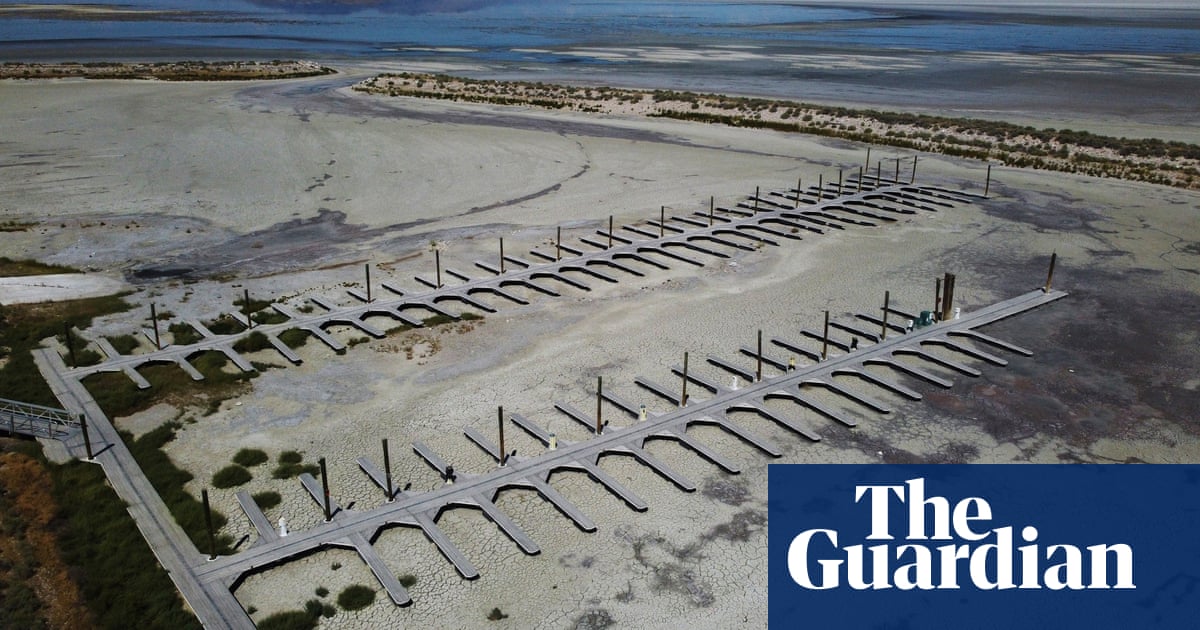Environmental and community groups have sued Utah officials over failures to save its iconic Great Salt Lake from irreversible collapse.
The largest saltwater lake in the western hemisphere has been steadily shrinking, as more and more water has been diverted away from the lake to irrigate farmland, feed industry and water lawns. A megadrought across the US south-west, accelerated by global heating, has hastened the lake’s demise.
Unless dire action is taken, the lake could decline beyond recognition within five years, a report published early this year warned, exposing a dusty lakebed laced with arsenic, mercury, lead and other toxic substances. The resulting toxic dustbowl would be “one of the worst environmental disasters in modern US history”, the ecologist Ben Abbott of Brigham Young University told the Guardian earlier this year.



It doesn’t.
70% of the non agricultural water use is residential. Which means residential water use is a little more than 20% of the state’s water usage. Let’s be generous and say that watering yards is only 15% of the state’s total per capita consumption.
15% of an already massively over taxed water system isn’t anything to shake a fist at. It’s even more important when you consider how much more water Utah is using than it’s neighbors, which while difficult to precisely calculate, isn’t a small amount by any measure.
We need food, we don’t need green lawns.
We don’t need alfalfa to feed livestock if more people went vegan, though.
Lawn use of water in Utah (by all entities, residential, government, and business) is between 6-8%, half of your “generous 15%” https://utahrivers.org/are-we-running-out-of-water#:~:text=Outdoor lawn watering in our,of Utah’s total water use.
And that use is spread across millions of people. Even if you cut lawn use by 75%, you’re cutting at most 6% of the states use. Or can cut agriculture use by 10% and get a larger reduction in overall water use.
We don’t need alfalfa. We don’t need flood irrigation. We also don’t need Lawns, but that is such a small percentage you might as well tell people to stop flushing their toilet when they shit.